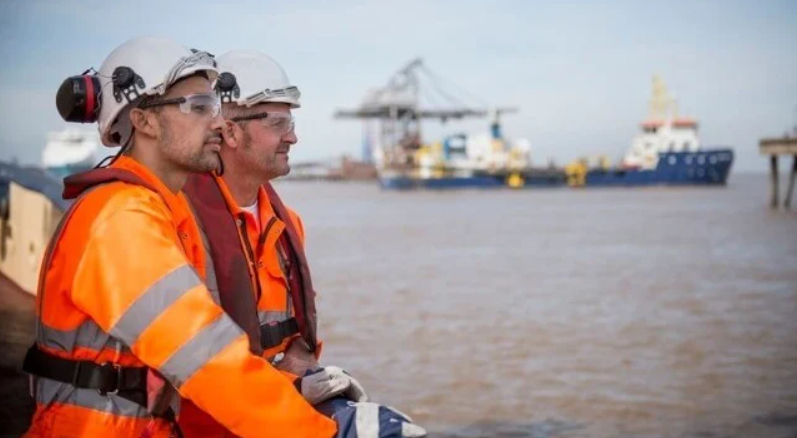
The earliest photographic evidence we have of ‘ferro-cement boats’, are of the two dinghies built by Joseph Louis Lambot in 1848, in Miraval, Southern France.
Thanks to Lambot’s innovation, by the late 19th century, there were concrete river barges at work in Europe. Things only grew from there.

Numerous small concrete boats were also built in the U.K in the 1910s. One of these ships, the Violette, was built in 1917 – the ship still exists and is currently sunk as a breakwater with floating jetties attached to it.
Excitement with the new concrete building material was such that by 1917, Nicolay Fougner of Norway launched the first self-propelled ferrocement ship intended for ocean travel. This was an 84-foot vessel of 400 tons named Namsenfjord

War Years
American ferrocement construction began in 1910 when a 525-ton scow was built in San Francisco along with some smaller barges for use in the Panama Canal. At Mobile, Alabama in 1914, a 90’x62’x9′ concrete barge, as well as several 500-ton barges, were built for local traffic.
In 1917 when the United State finally entered World World I steel became scarce while the Without sufficient supplies of steel to build a fleet the ships, the United States was casting a wide net as it looked for options. Wood was an obvious choice. Concrete held out promise as well.
Looking for a solution, the US government invited N.K. Fougner to head a study into the feasability of concrete shipsdemand for ships went up.

Meanwhile, businessman W. Lesie Comyn seized the initiative and formed the San Fransisco Ship Building Company (in Oakland, California) to begin constructing concrete ships. He hired Alan Macdonald and Victor Poss to design the first American concrete ship, a steamer named the S. S. Faith.
The Faith was launched March 18, 1918. She cost $750,000 to build. She was used to carry cargo for trade until 1921, when she was sold and scrapped as a breakwater in Cuba.

woodrow_wilson
President Woodrow Wilson finally approved the Emergency Fleet program which oversaw the construction of 24 concrete ships for the war. However, only 12 were under construction and none of them had been completed by the time the war ended. The 12 ships were completed and sold to private companies who used them for light-trading, storage and scrap.

With the advent of World War II, steel once again was in short supply. In 1942, the US government contracted McCloskey & Company of Philadelphia, Pennsylvania to construct a new fleet of 24 concrete ships. Construction of the fleet started in July, 1923 in Tampa, Florida. Innovations in cement mixing and composition made these ships stronger than the previous fleet.
Other companies were contracted to build barge ships. These too were large vessels, but they lacked engines to propell them. Instead, they were used for storage and towed around by other ships.

After the war, several of the ships were turned into a floating breakwater in Canada and ten more were sunk as a breakwater in Virginia.

Although the end of WWII marked the end of large-scale concrete ship building, to this day, smaller recreational boats are still being made from concrete. The reason is that construction methods do not require special tools, and materials are comparatively cheap. A pioneer in this movement is Hartley Boats, which has been selling plans for concrete boats since 1938. Meanwhile, since the 1960s, the American Society of Civil Engineers has sponsored the National Concrete Canoe Competition.
















